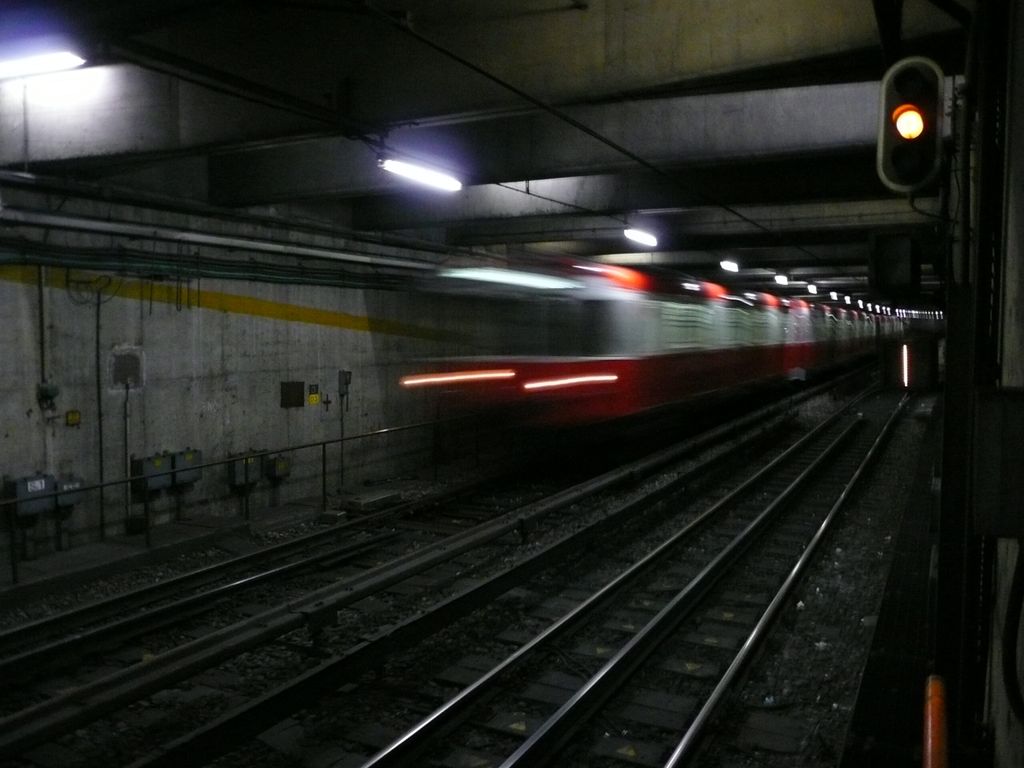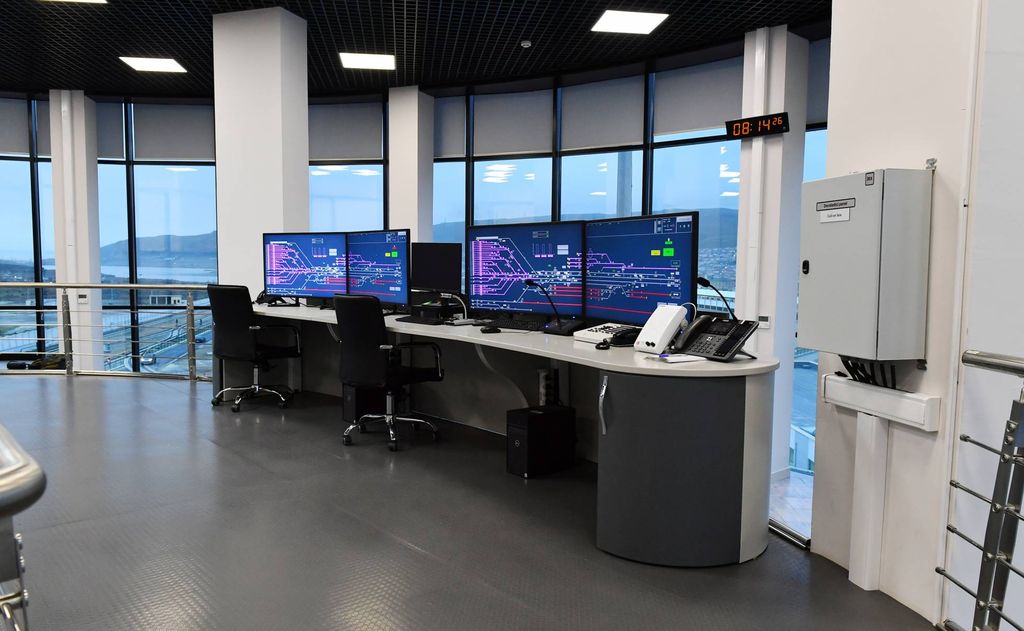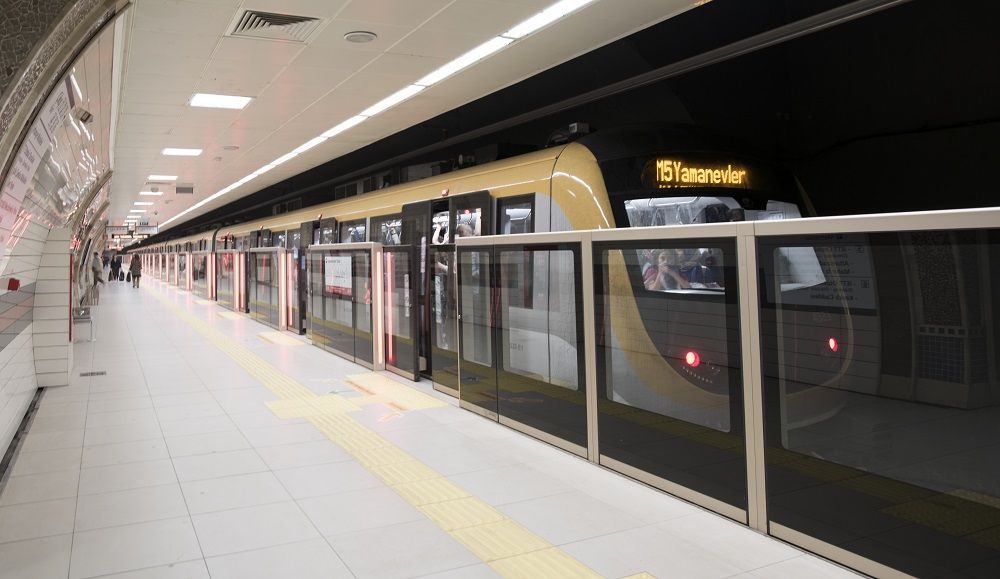

NEXUS
Next-gen technologies for enhanced metro operations
Coordinated by Stamtech, the NEXUS project aims to make metro systems smarter, more efficient, and better suited to meet the demands of modern urban mobility. By focusing on flexible capacity management, optimised train operations, and automation technologies, NEXUS addresses the challenges of urban mobility. Using an advanced multi-method simulation model, the project integrates dynamic passenger profiling, new metro vehicle concepts, and AI-driven network optimisation to create a transport system that adapts to people’s needs.
One of the key goals of the project is to achieve fully automated metro train control. By integrating technologies like Communication-Based Train Control (CBTC) and Automatic Train Operation (ATO), the project improves safety, reduces operational costs, and improves passenger experience. These systems enable real-time communication between trains and control centres. NEXUS also leverages AI and data science to develop predictive maintenance strategies and energy optimisation techniques, contributing to both financial and environmental sustainability. As part of the EU-Rail System Pillar, NEXUS is helping to build a more connected and resilient metro network across Europe.
What sets NEXUS apart is its holistic approach to innovation. The project considers the social, technological, and environmental impacts of its solutions. By combining user-centric design with the latest technology, NEXUS aims to redefine metro operations, setting a new standard for adaptability and efficiency in public transport systems.
More info on the NEXUS website
Follow NEXUS on LinkedIn
AI presents both opportunities and challenges, but tackling them is key to shaping the future of European metro systems. In this way we can create smarter, more adaptable transport that meets the evolving needs of both cities and passengers.
- 13 partners
from across the EU
- October 2024 - September 2026
Duration
- 2 metro networks
in Genoa and Sofia
Contact
UITP

all statistics










